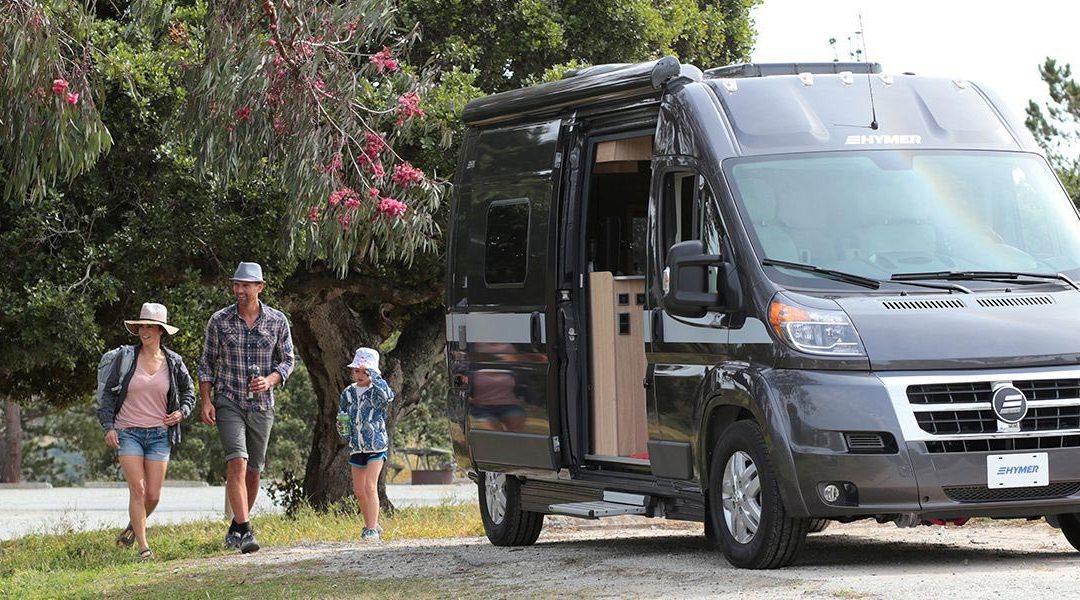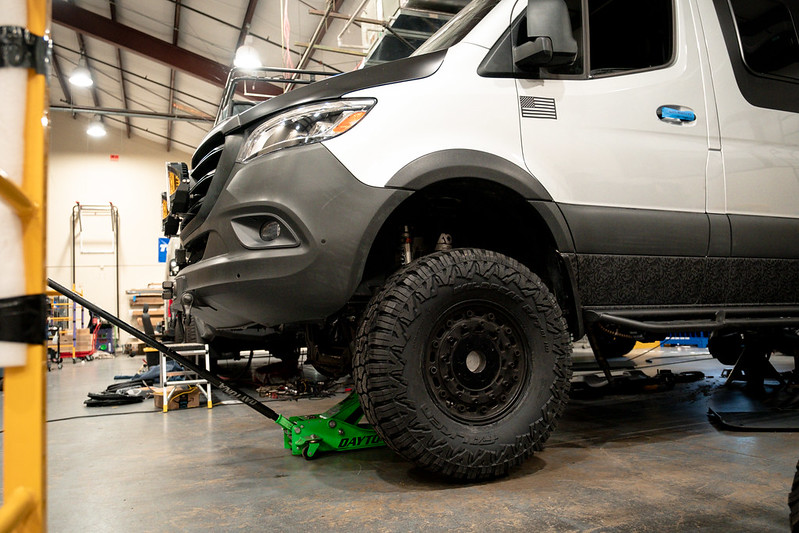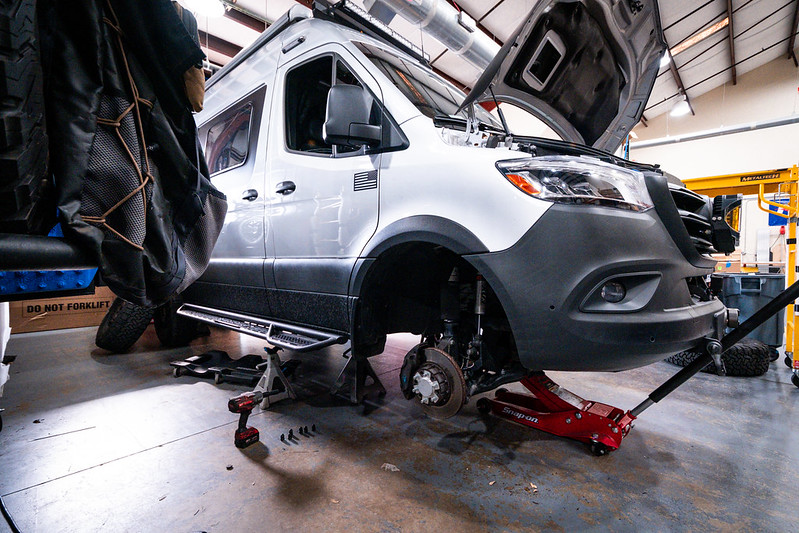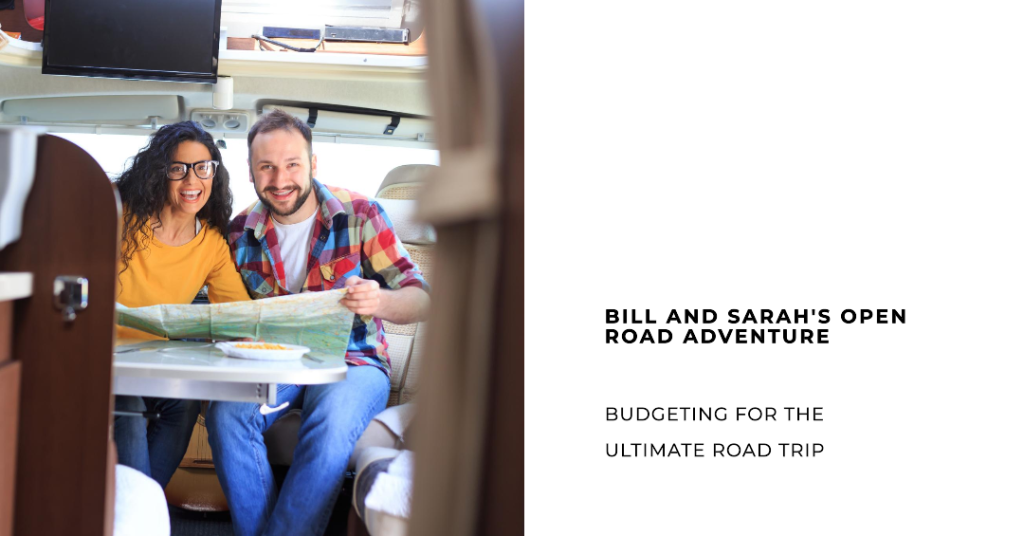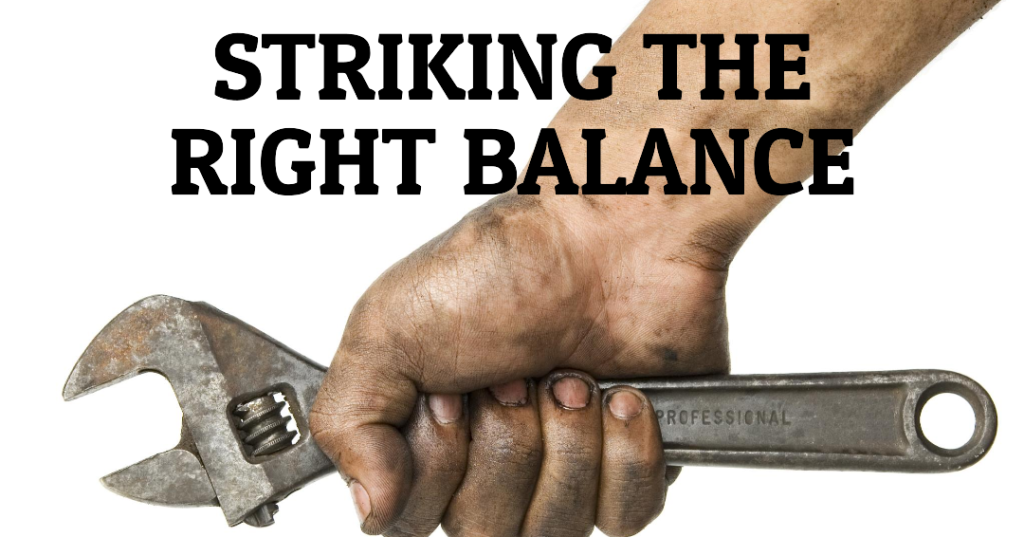Updated November 25, 2024
What Are Class B RVs?
Class B RVs, often referred to as camper vans, are compact motorhomes built on a van chassis. Despite their small size, they are equipped with essential amenities, including kitchens, bathrooms, and sleeping areas. These features make them an excellent choice for solo travelers, couples, or small families seeking freedom and flexibility on the road.
One of the key advantages of Class B RVs is their maneuverability. Their smaller size allows for easier navigation on narrow roads and in urban areas, making them ideal for both city explorations and remote adventures. Learn more about Class B RV features from the RV Industry Association.
Compared to their larger counterparts, Class A and Class C motorhomes, Class B RVs are typically more fuel-efficient. However, smaller doesn’t always mean cheaper. While Class A motorhomes are known for their luxury and Class C motorhomes strike a balance between size and cost, Class B RVs often carry premium price tags due to their compact and versatile designs. For a comprehensive comparison of RV classes, check out Consumer Reports.
In short, Class B RVs offer an appealing blend of comfort, efficiency, and versatility, but understanding their maintenance needs and associated costs is essential for long-term satisfaction.
The True Cost of Class B RV Ownership
Owning a Class B RV is about more than just the initial purchase price. Beyond the sticker cost, there are recurring expenses for maintenance, repairs, insurance, fuel, and storage. For prospective owners, it’s essential to anticipate these ongoing costs to avoid financial surprises.
According to the RV Dealers Association, annual maintenance for a Class B RV typically ranges from $1,000 to $3,000, depending on usage, condition, and location. Operational costs, such as insurance and storage, can vary widely based on factors like your region and the size of your RV.
Another significant cost to consider is depreciation. The Bureau of Transportation Statistics reports that vehicles, including RVs, lose a substantial portion of their value within the first few years. This depreciation can affect resale value and long-term cost calculations.
To manage these costs effectively, experts recommend setting aside 10% of your RV’s purchase price annually for maintenance and unexpected repairs. For example, if your RV costs $100,000, budgeting $10,000 per year can help ensure you’re financially prepared for any surprises.
Routine Maintenance: A Breakdown of Costs
- Oil Changes: Required every 3,000–5,000 miles; costs $50–$100 per service.
- Tire Rotations: Recommended every 6,000–10,000 miles; costs $20–$50 per rotation.
- Brake Inspections: Performed every 12,000–15,000 miles; costs $30–$50. Replacements cost significantly more.
- Battery Maintenance: Annual checks ensure reliability; replacements cost $100–$300.
- HVAC, Plumbing, and Electrical Checks: Annual system inspections typically add $200–$500 to your maintenance budget.
For specific guidance tailored to your RV model, consult your owner’s manual or the ASE directory for certified professionals.
Factors Influencing Maintenance Costs
Beyond routine tasks, several factors significantly impact the overall cost of maintaining a Class B RV. Here are the key variables to consider:
- Age and Condition: Older RVs generally require more repairs and part replacements compared to newer models. Regular inspections can help catch issues early.
- Mileage: Higher mileage leads to increased wear and tear, particularly on tires, brakes, and suspension components.
- Frequency of Use: Full-time RV living puts more strain on systems than occasional vacations. Over time, this increases maintenance costs.
- Type of Usage: Activities like boondocking, which relies on onboard systems like plumbing and electrical, often result in faster wear and higher maintenance needs.
- Climate and Environment: RVs exposed to harsh weather conditions (e.g., extreme heat, cold, or moisture) experience accelerated deterioration. Conversely, RVs stored in garages or under covers benefit from reduced exposure.
Understanding these factors helps you anticipate potential maintenance costs based on how and where you use your RV. For additional tips, visit the RV Dealers Association.
Beyond Routine Maintenance
While routine maintenance addresses the basics, your Class B RV also contains specialized systems that require attention. Neglecting these can lead to costly repairs down the line. Below are some key systems and their maintenance needs:
- Plumbing: Regularly check for leaks, replace water filters, and drain the gray and black water tanks. Professional inspections may cost $100–$200 annually.
- Electrical: Inspect wiring connections for wear or damage, replace blown fuses, and ensure all systems are operating efficiently. Repairs or upgrades can cost $200–$500 depending on the complexity.
- Propane: Test propane systems for leaks and safety annually. Tanks should be inspected by a certified technician every 10 years, with costs ranging from $50–$150.
- HVAC: To keep your RV comfortable in all seasons, clean air filters, inspect ductwork, and schedule annual servicing with a qualified technician. HVAC maintenance can cost $200–$300 per year.
Ensuring these systems are in good condition not only prevents costly breakdowns but also enhances your overall travel experience. Consult the ASE directory for certified RV technicians who can assist with these tasks.
Case Study: Budgeting for Adventures
Meet Sarah and Bill, a couple nearing retirement with plans to explore North America’s breathtaking national parks in a Class B RV. Alongside their one-year-old dog, they’ve mapped out an ambitious travel schedule and created a detailed budget to prepare for the financial demands of RV ownership.
Here’s a breakdown of their projected annual expenses:
- Regular Maintenance: Oil changes, tire rotations, and brake inspections add up to $2,500–$3,000 per year.
- Specific System Maintenance: Plumbing, electrical, HVAC, and propane systems require an additional $100–$300 annually.
- Insurance and Storage: Coverage and storage fees vary by location but cost $1,000–$2,000 per year.
- Unexpected Repairs: To cover unforeseen expenses like generator or transmission issues, they’ve set aside a buffer of $10,000, equivalent to 10% of their RV’s purchase price.
By planning ahead and sticking to their budget, Sarah and Michael can embark on their RV adventures with confidence, knowing they’re financially prepared for whatever challenges may arise.
Tips to Minimize Costs and Maximize Longevity
Keeping your Class B RV in excellent condition doesn’t have to be expensive. With a proactive approach, you can minimize costs while extending the life of your RV. Here are some practical tips:
- Follow a Regular Maintenance Schedule: Sticking to routine maintenance prevents small issues from escalating into costly repairs. Create a checklist based on your RV’s manual.
- Invest in Seasonal Care: Proper winterization protects against freezing damage, while moisture management during humid months prevents mold and mildew. The RV Dealers Association offers detailed seasonal care guides.
- Handle Basic DIY Repairs: Tasks like replacing air filters, checking tire pressure, and cleaning interior systems can save hundreds of dollars annually. For advanced repairs, rely on certified professionals from the ASE directory.
- Shop Around for Insurance and Storage: Compare quotes from multiple providers to secure competitive rates. Reevaluate policies annually to ensure they meet your needs.
- Use High-Quality Parts: Opt for OEM (Original Equipment Manufacturer) parts for repairs. While pricier upfront, they offer better durability and compatibility than generic alternatives.
By following these tips, you can enjoy stress-free travels and reduce the financial burden of RV ownership. A little effort goes a long way in preserving the value and reliability of your Class B RV.
Comparing Costs: Class B vs. Class A and C Motorhomes
When deciding which type of RV to purchase, understanding the differences in costs between Class B, Class A, and Class C motorhomes is essential. Each type offers unique advantages and trade-offs, depending on your travel needs and budget.
Class A Motorhomes: These large, bus-like vehicles are the epitome of luxury, with spacious interiors and high-end features. Starting prices exceed $100,000, and premium models can cost upwards of $500,000. Their size and complexity result in higher maintenance costs and lower fuel efficiency. Learn more about Class A motorhomes from the RV Industry Association.
Class C Motorhomes: Built on a truck or van chassis, Class C motorhomes offer a balance between size and affordability. They typically start at around $81,000 and are easier to maintain compared to Class A models. However, they lack the maneuverability of Class B RVs, making them less suitable for urban travel. For an in-depth comparison, refer to Consumer Reports.
Class B Motorhomes: Despite their smaller size, Class B RVs often come with higher upfront costs due to their compact and versatile designs. Starting prices range from $81,000 to $151,000. Their appeal lies in their fuel efficiency, ease of driving, and suitability for both city and remote adventures. However, as highlighted in the iRV2 community, maintenance for compact systems like refrigerators and plumbing can still be expensive.
Each motorhome class caters to different needs, and the best choice depends on factors like group size, travel frequency, and willingness to manage maintenance demands. Weighing the operational and maintenance costs alongside purchase prices is critical to making an informed decision.
FAQ: Common Questions About Class B RV Maintenance
Whether you’re a prospective owner or a seasoned traveler, understanding the maintenance requirements of a Class B RV is vital. Below are answers to some frequently asked questions:
- How much does it cost to maintain a Class B RV annually?
Maintenance costs typically range from $1,000 to $3,000 annually, depending on usage and condition. For more details, refer to the RV Industry Association. - What are the most common repairs for Class B RVs?
Common repairs include generator replacements, plumbing fixes, and HVAC servicing. These repairs can range from $500 to $5,000, as noted by Consumer Reports. - Can I perform maintenance tasks myself, or should I hire a professional?
While minor tasks like replacing air filters or checking tire pressure can be done at home, more complex issues should be handled by a certified technician. The ASE directory offers a list of qualified professionals. - How often should I perform routine maintenance?
Oil changes should be done every 3,000–5,000 miles, tire rotations every 6,000–10,000 miles, and brake inspections every 12,000–15,000 miles. Follow your RV’s owner’s manual for detailed schedules. - What should I budget for unexpected repairs?
Experts recommend setting aside 10% of your RV’s purchase price annually as a buffer for unexpected expenses. For example, if your RV costs $100,000, allocate $10,000 for unforeseen repairs. Learn more about budgeting from the Consumer Financial Protection Bureau.
Staying informed about these common concerns ensures you’re better prepared for the financial responsibilities of RV ownership.
Conclusion
Owning a Class B RV offers unmatched freedom and versatility, but understanding and planning for the hidden costs of ownership is crucial for a stress-free experience. From routine maintenance to unexpected repairs, operational expenses to system-specific care, budgeting proactively ensures you’re financially prepared for life on the road.
By following expert advice, like setting aside 10% of your RV’s purchase price annually, investing in high-quality parts, and adopting seasonal care practices, you can extend the life of your RV while minimizing expenses. Whether you’re a first-time buyer or a seasoned adventurer, these strategies pave the way for more enjoyable and worry-free travels.
Ready to learn more? Subscribe to our newsletter for RV maintenance tips, budget-friendly travel ideas, and the latest industry updates. Have questions or experiences to share? Join the conversation on iRV2 forums and connect with other Class B RV enthusiasts!

